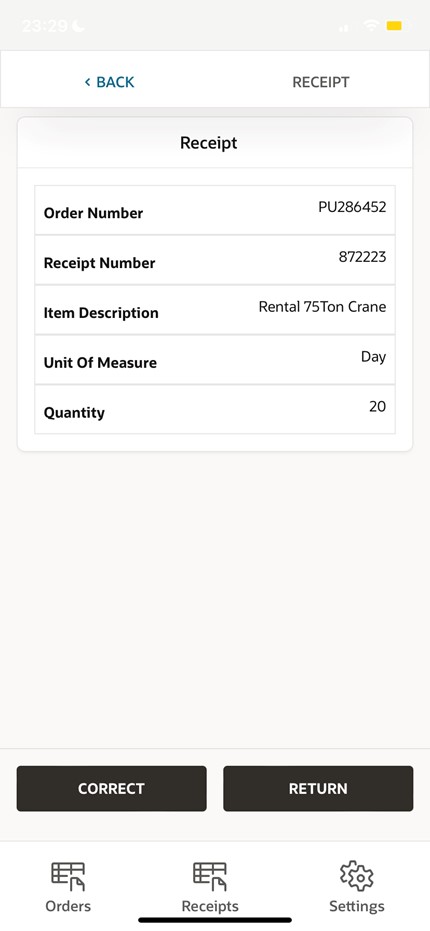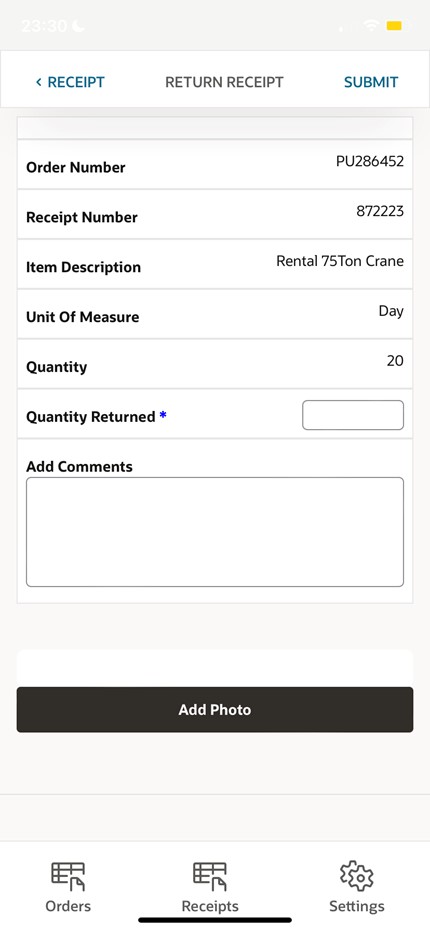The Rise of PWAs - Part Two

The rise of Progressive Web Applications and their impact on mobile deployment in the Oracle ERP world
By Dermot Murray, VP of Technology at Inoapps
In Part One of this two-part blog, we explored some of the challenges the Inoapps team has encountered around mobile app development and deployment over the years. Now in Part Two, we’ll take a look at the newest solution in town, and how it may be able to offer a solid alternative.
Progressive Web Applications, or PWAs, are a new solution to solve the mobile application problem. Well, relatively new—they’ve been around for a while, first launched by Google back in 2015, but are only now reaching a maturity that makes them suitable for our use cases.
Here’s the tech bit: Progressive Web Applications are web apps that use service workers, manifests, and other web-platform features in combination with progressive enhancements to give users an experience on par with native apps. They leverage a specific browser cache to store resources more efficiently, resulting in faster page load times. This works even without having to install the app, and delivers faster performance and an improved user experience.
How does this relate to the Oracle ERP world?
The evolution of this new technology platform has been mirrored by developments in the Oracle landscape. Oracle is now offering two solutions to deliver the next generation of mobile enablement, and both offer huge benefits.
1. Oracle APEX
As discussed in previous blogs, Inoapps has been “all in” on Oracle Application Express since almost before APEX was a true product. Blogs like The Evolution of an APEX Application and The A-Z of APEX show how critical APEX has been for us over the years. And once again, the Oracle APEX team has delivered a compelling solution for #Lowcode development, this time for PWAs.
First released as a feature in APEX in 2020, PWAs are now a cornerstone of Oracle APEX capabilities. Build your screens, business logic, data flows and integrations in the same way you would any other APEX app. Deploy it as a PWA, and your user can then choose to download that PWA as a local, native app on any device.
Develop a user interface optimized for a specific business process, and you have an instant solution to deliver increased user productivity at a reduced cost of ownership. New feature/functions or bug fixes released to the application? No problem—the PWA install will automatically update to the latest version at no cost or overhead. Need to deploy on multiple handsets and manufacturers, operating systems, BYO devices or anything in between? Easy. It just works.
2. Oracle Visual Builder
There’s also a new low-code platform in town that provides an equally compelling alternative. As discussed in a recent blog post, Oracle Visual Builder enables rich, dynamic business processes to be built into Oracle ERP and HCM, or delivered as seamless extensions to enable more complex capabilities and processing. Oracle Visual Builder provides a solid use case for low-code development alongside Oracle ERP and HCM, and finally offers the enterprise platform developers have been seeking for years.
Oracle Visual Builder also offers the capability to deploy PWA business applications alongside its more traditional browser based user interface, enabling mobile deployment of business applications using a fully integrated platform. The solution is quick, easy to use, secure, low cost and provides a Redwood themed UI for end users.
Surely there must be a catch?
Maybe there is, but we haven’t found it yet. One of our most successful industry solutions here at Inoapps has been our mobile receipting application. We’ve built and developed the solution over many years in ReactNative, and then deployed IOS or Android versions for deployment to customers. It works very well and has been adopted by many customers—but for the reasons described in Part One, it comes with a high cost of ownership for our development team.
We recently rewrote the application as a PWA application using APEX 21.B. We re-used the existing solution design and business logic, and had already built the API framework for ERP integration. On that basis, the development of a PWA application, using an APEX user interface, was developed in a short space of time.


The user interface is responsive and easy to use. We utilize Single Sign On to control user access and allow access to device features such as camera and image gallery for uploading images. In summary: a solution that meets the core requirements, delivering a business process in an interface optimized for the environment it’s being used in.
So has the world changed?
Not really. But maybe a little bit... Would the Inoapps team ever build a mobile native application using SwiftX or ReactNative in the future? No. Our default platform of choice will now be to use APEX or Visual Builder to develop and deploy a PWA to deliver the required capability. Will we do that for every use case? Again, not really. The responsive themes of core Oracle SaaS work well, and in most cases would be the optimal choice. But where users need a specific user interface to deliver a specific business process on a device, or in an environment that does not lend itself to the full ERP navigation, then the world has shifted, just a little, and PWA deployment is the future.
Need help? To learn more, contact the team at Inoapps.
